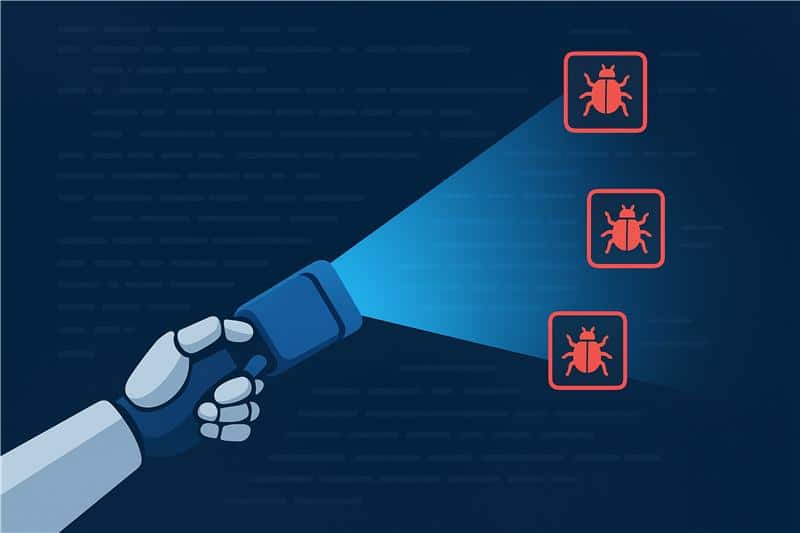Any software developer knows how challenging it is to create applications. It takes time, effort, and choosing the right bug reporting tools. But while in the past everyone relied on manual solutions, bug tracking, and test case software have evolved a lot, mainly thanks to technology.
Now, it is much easier for testers and developers to report bugs, fix them, and make other improvements to ensure their products meet the clients’ requirements. Team members are responsible for making sure that there are no issues with their software. Now, with so many bug tracking system options available, companies have more opportunities to meet quality standards.
Let’s see how defect tracking systems evolved and went from manual to automated solutions.
Automated Solutions Can Reduce Delivery Time
When testers were using manual solutions, it used to take much longer to take care of all bugs. This slowed down the development process significantly. But now, thanks to automated systems, some processes are done automatically by the chosen applications. Meanwhile, team members are able to focus on more important tasks, getting everything done sooner and completing the product in a timely manner.
Better Centralization
What is cool about automated bug tracking software is that it is centralized, gathering all data in one place. The good news is that things are progressing more and more. In the future, more teams and firms will be able to collaborate in order to create high-quality products.
Bug Fixing Is Much Easier
Finding and solving bugs is not as easy as one would think. Luckily, revealing solutions is less challenging today, thanks to the current state of defect tracking systems.
With technology such as AI involved in bug tracking, there is more test data, and solving defects is a piece of cake in software development.
With AI, no human intervention is needed, reducing the risk of errors.
More Accessible Root Cause Analysis with Automated Systems
Defect tracking software makes root cause analysis more effortless and effective. Finding the root cause is necessary to tell you how to best solve a software issue. Without this procedure, the same problem may arise later, and the story will repeat itself.
Thanks to how much tracking systems evolved, it is much easier to detect a root cause with the help of automated systems. Then, you can take the necessary steps to eliminate the problem.
Repeated Testing
It is harder to test continuously with manual processes. However, tests can be made repeatedly with automated bug tracking and test case management tools. If a new defect appears, you will know immediately so that you can solve it.
The Bottom Line
Every defect tracking and test management tool has evolved over the years, bringing automated systems to the table. Bug tracking, testing, root cause analysis, and centralization are all better, not to mention that you get to save time as well, which is a big advantage. As time goes by, these systems will improve even more.














































